What fertilizers to choose for feeding tulips when planting in autumn
Fertilizers for tulips are usually applied in autumn and spring. Top dressing is needed to get healthy and abundantly flowering plants. Tulips grow frail without fertilization and form blind or small buds. When fertilizing plants, certain proportions should be observed. It is better not to feed tulips than to overfeed. In addition, you cannot add organic matter and minerals in one day. After feeding with one type of fertilizer, several weeks should pass. It is recommended to introduce trace elements during abundant watering.
The needs of tulips
Agricultural technology for growing tulips provides for the introduction of organic and mineral fertilizers into the soil. Top dressing applied to the soil has a positive effect on plant growth, bud setting and abundant, long flowering. Plants need a standard set of minerals - nitrogen, potassium, phosphorus, as well as organic feeding (manure, chicken droppings).
Thanks to nitrogen-containing fertilizers, tulips grow well, gain green mass, and their leaves have a healthy green color. With a lack of nitrogen, flowering is late and short-lived.
Potassium has a positive effect on the condition of the bulbs and the formation of new babies. Potash top dressing provides long and lush flowering. Thanks to her, the color of the petals becomes rich and beautiful.
Phosphorus influences the growth of the root system. This trace mineral works in tandem with potassium. Together, these substances provide the plant with long and abundant flowering.
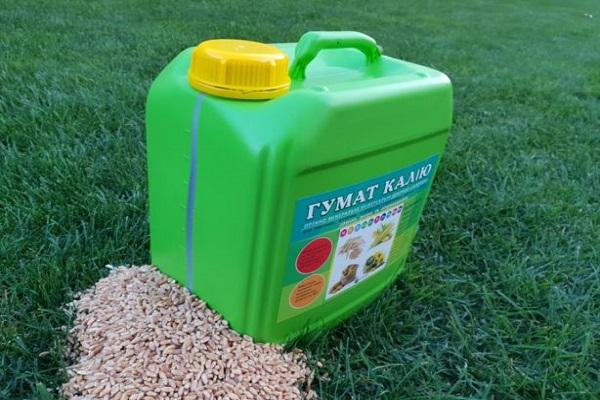
Tulips need much smaller amounts: calcium, copper, iron, boron, zinc, magnesium. With a lack of trace elements in tulips, the leaves turn yellow, they droop, their heads hang. Zinc and copper are considered medicinal substances. They support the immunity of tulips and make them resistant to fungal diseases. Various microelements, as a rule, are part of complex fertilizers.
Tulip leaves can appear pale if the soil on which they grow is too acidic. Flowers like alkaline or neutral soil. You can correct the acidity of the soil by adding a little lime or wood ash to it.
Disease resistance is increased by drugs such as potassium permanganate, copper sulfate, and boric acid. These substances must be in any gardener and gardener.

What fertilizers to apply under tulips when planting
In order to get healthy tulips with beautiful flowers, it is necessary to fertilize in the fall - when planting the bulbs in the ground, and in the spring - when the vegetation comes to life and begins to grow.Tulips are fertilized with minerals (nitrogen, potassium, phosphorus) and organic matter.
It is not recommended to introduce fresh and insufficiently rotted mullein into the soil under the bulbs. Organic matter is applied a few months before tulips are planted. In the process of decomposition, organic fertilizers are a breeding ground for a huge number of microorganisms, moreover, they attract pests. If the bulbs are planted at the same time as applying fresh manure, they can become ill or be attacked by insect pests.

How to feed in the fall?
The bulbs are buried in the ground in late September or early October. Previously they are placed in a weak solution of potassium permanganate for etching. Before wintering, tulips need to be fed with organic matter (compost), potassium and phosphorus. The soil is fertilized a month before planting the bulbs (in August). For 1 square meter of soil, 10 kilograms of compost, 200 grams of wood ash and 30 grams of potassium and phosphorus are taken. You can take 50-100 grams of complex fertilizers.
Potash fertilizers make plants resistant to low temperatures and fungal diseases. Potassium promotes better rooting of the planted bulb. Phosphorus makes the root system stronger, increases resistance to adverse weather conditions.
In addition to feeding, the bulbs need protection from rodents. They can be sprinkled with red pepper or smeared with Vishnevsky ointment. It is recommended to spray the bulbs with kerosene. The unpleasant, pungent smell of these substances scares away rodents.
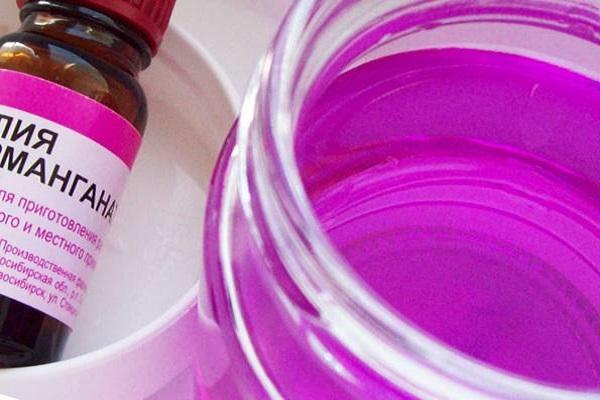
Some gardeners value planting material very much, so the bulbs are planted in a metal, plastic net or container dug into the ground. These barriers protect the bulbs from rodents and provide better water drainage.
In the spring
With the arrival of spring, the soil is fertilized with nitrogen substances. Nitrogen provides plants to grow and build up green mass. Nitrogen fertilizers are applied in the spring when the soil is loosened. Urea or ammonium nitrate solution is used as top dressing.
With a lack of nitrogenous elements, the leaves of tulips turn yellow, and the stems themselves grow poorly. Having received feeding, the plants immediately come to life, their leaves acquire a beautiful green color. True, nitrogen should not be applied in the fall. During this period, plant growth slows down, and the bulbs planted in the ground at the end of September need to take root, absorb more nutrients and prepare for wintering.
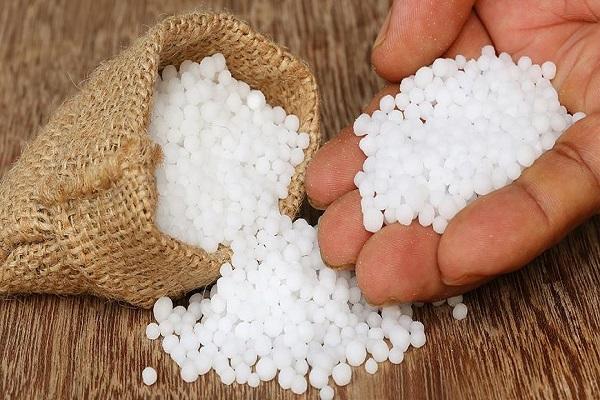
In spring, flowers are fertilized with potassium and phosphorus. Top dressing is applied several times. The land is fertilized at a certain point in plant development (the appearance of the first shoots, the moment of budding or flowering).
Nuances of feeding
Tulips are fertilized three to five times per season. Organic or mineral fertilizers are used as top dressing. Each period of plant development requires a certain feeding.
If organic fertilizers are used, the amount of minerals can be reduced. Organic contains the whole range of nutrients, including trace elements. Additionally, it is recommended to add wood ash, dolomite flour to the ground. Wood ash enriches the soil with potassium.

Fertilizer dose per 1 square meter:
- rotted manure - 1 or 2 buckets;
- wood ash - 200 grams;
- dolomite flour - 500 grams;
- double superphosphate - 50 grams;
- potassium sulfate or potassium nitrate - 30 grams;
- ammonium nitrate, ammonium sulfate or carbamide - 25 grams.
You can use complex fertilizers (Nitrofoska, Nitroammofoska, NPK). In this case, 100 grams of fertilizer are taken per 1 square meter.
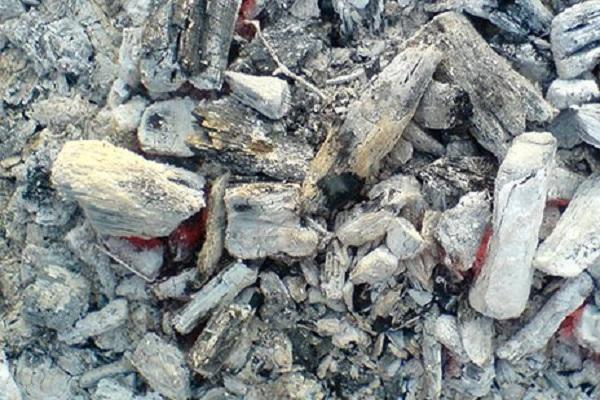
When forcing
Tulips usually bloom in May and bloom until mid-June. However, in greenhouse conditions, these plants can be made to bloom much earlier, for example, by March 8. Previously, the bulbs should lie in a cold room for about 10-16 weeks. Low temperatures promote the formation of substances that affect the further process of plant growth.Then the bulbs are transferred to a warm room. For distillation, rotted manure (1 bucket), wood ash (500 grams), calcium nitrate (20 grams) and mineral fertilizers are added per 1 square meter of soil.
Fertilizer dosage per square meter:
- potassium - 20 grams;
- superphosphate - 20 grams;
- nitrogen fertilizers - 30 grams;
- water - 10 liters.
In the spring, as soon as the snow melts, it is recommended to make the first top dressing. The land is fertilized with nitrogen, phosphorus and potassium. Use ammonium and potassium nitrate, superphosphate. Mineral fertilizers are applied in the same proportions as during forcing.
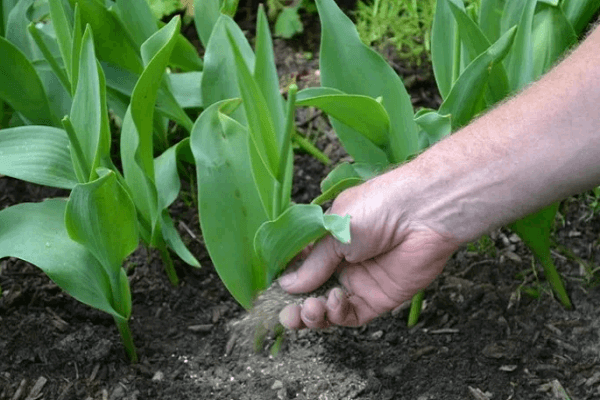
During budding
During the formation of the peduncle, it is recommended to carry out a second feeding. During this period, more potassium salt or potassium sulfate and superphosphate are introduced into the soil. Potash fertilizers containing chlorine are not used for feeding tulips.
Fertilizing solution:
- nitrogen - 20 grams;
- potassium - 30 grams;
- phosphorus - 30 grams;
- water - 10 liters.
During flowering
During the flowering period, tulips need a lot of nutrients. These days they are regularly, but moderately watered, and potash and phosphorus fertilizers are added to the ground. For 10 liters of water, take 30 grams of potash and phosphorus fertilizers.
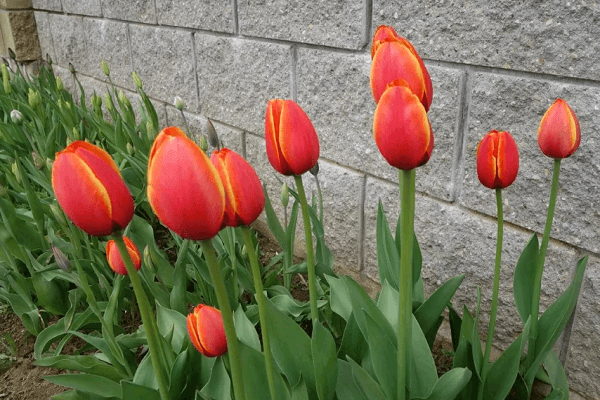
After flowering
As soon as the tulips have faded, the ground is watered with a boric acid solution. For 1 liter of water, take 10 grams of boric acid. Then they wait for the stems and leaves of the plants to dry completely. At the end of June, the bulbs are dug out of the ground.
Care advice
Tulips need not only feeding, but also regular watering, loosening the soil, and weeding the earth from weeds. It is advisable to irrigate flowers in the morning, tulips should not be heavily flooded with water, otherwise the bulbs will begin to rot. The land near the plants is freed from weeds so that they do not take away nutrients.
In the greenhouse
By growing tulips in a greenhouse, you can achieve earlier flowering. In order to get tulips in early spring, the bulbs are buried in the ground in October. Plants are pre-planted in boxes, they are placed for several weeks in a cold dark room, where the air temperature is 7-9 degrees Celsius. During this period, the plants are watered once a week.

Then the bulbs are transferred to a heated room and create the effect of the onset of spring. The air temperature should be 15 degrees. Plants are irrigated with water daily. In warm soil, tulips begin to grow and bloom early, for example, in early spring.
In the open field
Tulips planted in a flowerbed or in a garden bed should be watered in dry season. Watering is carried out in the morning, every 2-3 days. From 6 to 10 liters of water goes to 1 square meter. The land near the tulips is loosened and cleaned of weeds.
After the end of flowering and when the leaves and stems are completely dry, the bulbs are dug out of the ground. This procedure is carried out in late June or early July.

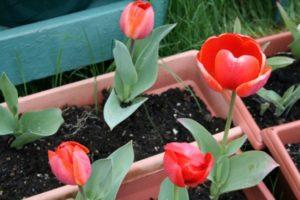






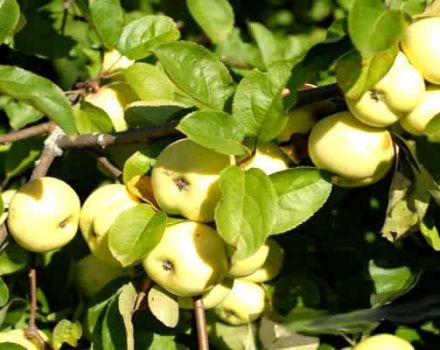

Autumn is especially important, therefore, when choosing fertilizers, one should rely strictly on the composition of the soil, I personally have not seen a unique option, only if it is planted in a special soil for tulips.